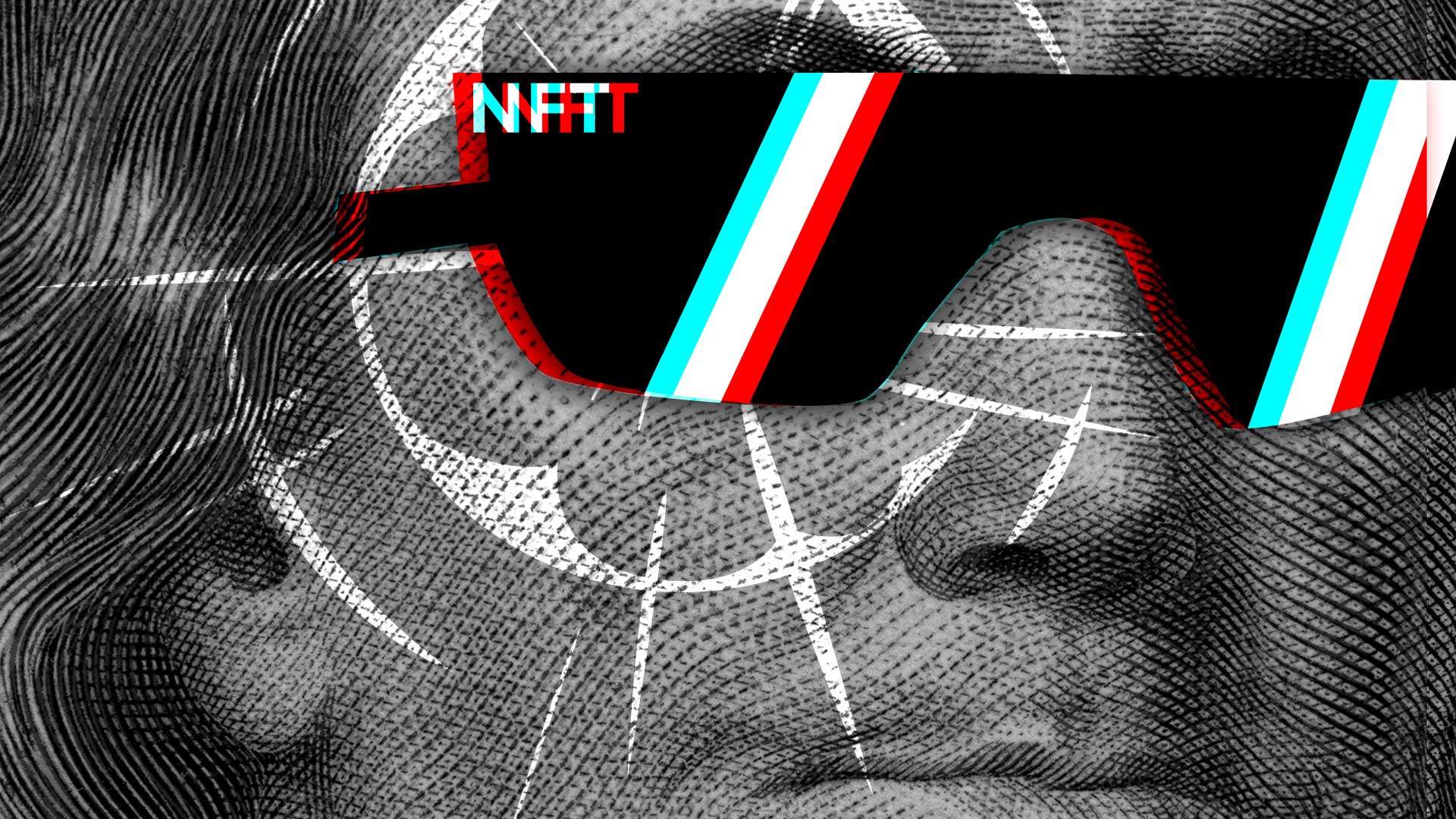
DN404 vs. ERC-404: Battle for Fractional NFT Supremacy
DN404, aims to rival ERC-404 in fractional ownership of NFTs, combines the features of ERC-20 and ERC-721 tokens, making it divisible & unique.
Another token protocol called “DN404” (Divisible NFT) is making waves just one week after ERC-404 (which introduced a new phase of fractional NFT ownership) made its debut on the blockchain.
Unveiling DN404 yesterday (February 12), the mysterious programmer known as ‘cygaar’ and others presented it as a strong competitor to its predecessor by combining features of ERC-20 and ERC-721 tokens, much like its predecessor.
The DN404 system is a hybrid of the ERC-20 and ERC-721 standards; the former is used for contracts involving divisible token shares, while the latter is reserved for contracts involving unique NFTs. The ERC-20 framework is used to divide NFT shares in its major operations, as cygaar on X stated.
Modern technology allows for the automatic generation or destruction of NFTs in response to token balances via direct minting and burning, and it synchronizes ERC-20 token transactions with NFT states in an ERC-721 contract.
According to cygaar, the project’s end goal is to “develop a token standard that could function as an NFT with native fractionalization designed in.” As an added bonus, he calls it a “unique unlock of ERC-404 that allows users to trade portions of NFTs without any middle man.”
Questions about ERC-404’s Security
ERC-404 is currently under review for stability. A DN404 developer going by the handle “quit” discovered a security hole that would allow ERC-404 token holders to unlawfully access NFTs via ill-prepared lending protocols.
That being said, ‘ctrl,’ an ERC-404 contributor, has stated that an updated version of the standard is being worked on and will be audited to ensure that it has stronger integration and better security features.
Despite the unique structure of DN404, cygaar warned prospective users on X that “ERC-404 tokens don’t really adhere to either ERC-20 or ERC-721 standards,” providing another cause for concern. Despite its similarities to ERC-721, the fractional nature of the equation causes the balance function to differ.
Furthermore, cygaar believes that the “404 number is highly subjective. It deviates from the conventional method of assigning EIP numbers.
The security discussions surrounding ERC-404 and the introduction of DN404 could have a significant impact on how NFT trading works and how Ethereum’s blockchain standards develop.
The crypto industry’s goal to enable the direct trading of fractional NFT ownership is reflected in both ERC-404 and DN404. Because of this, everyone in the Web3 community is watching the frameworks’ integration with NFT and DeFi platforms with bated breath.





